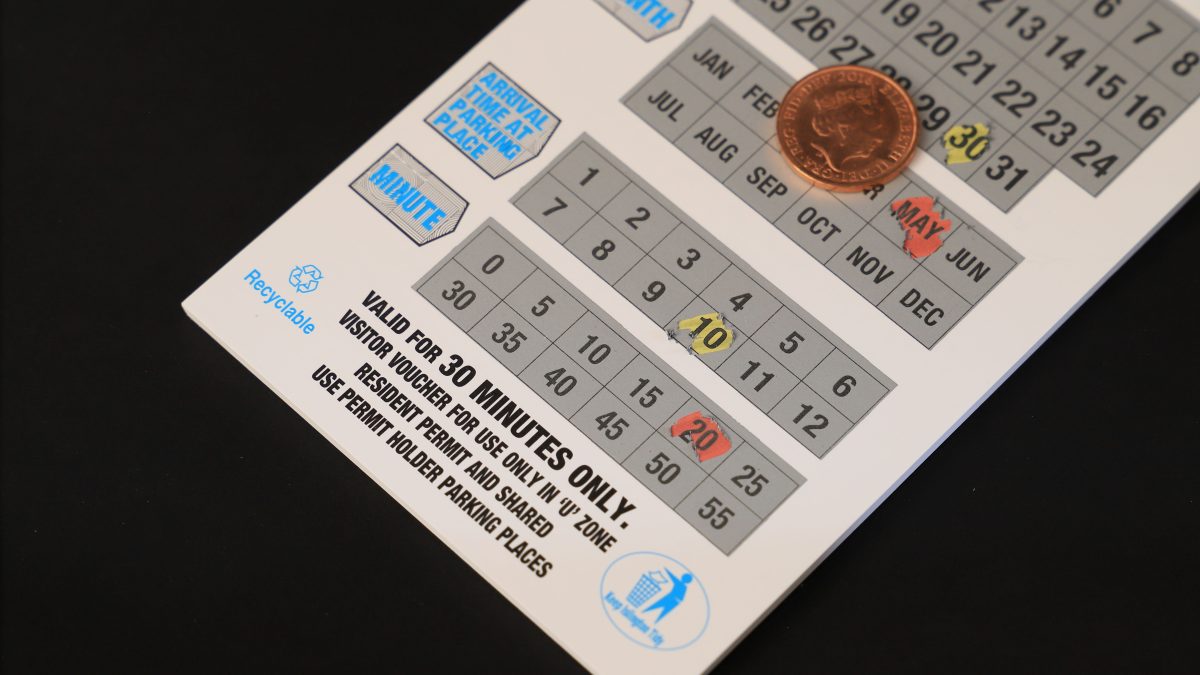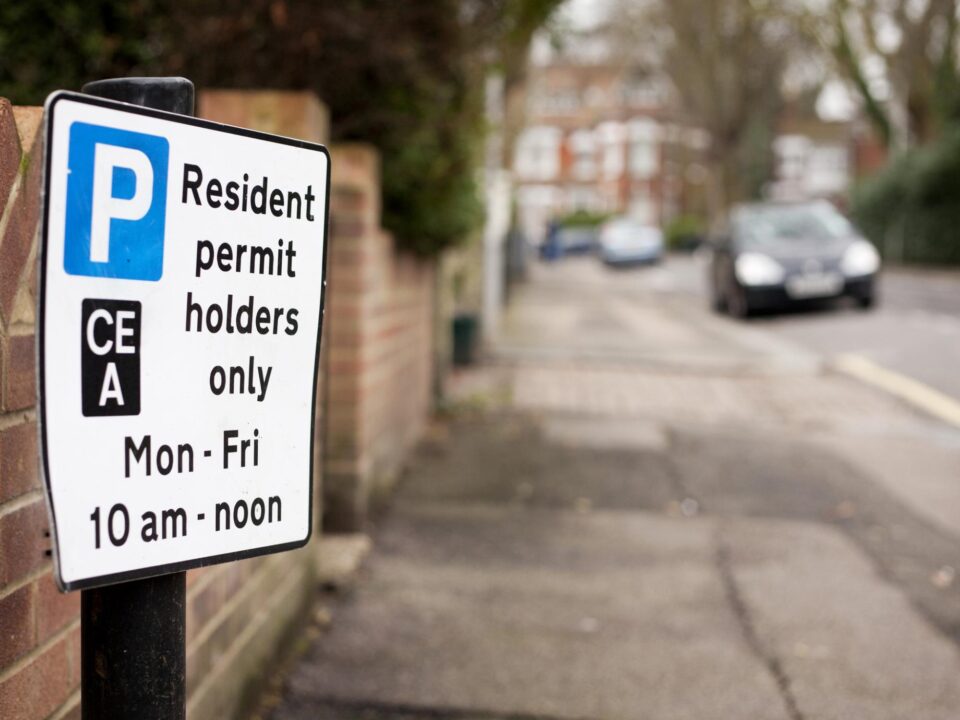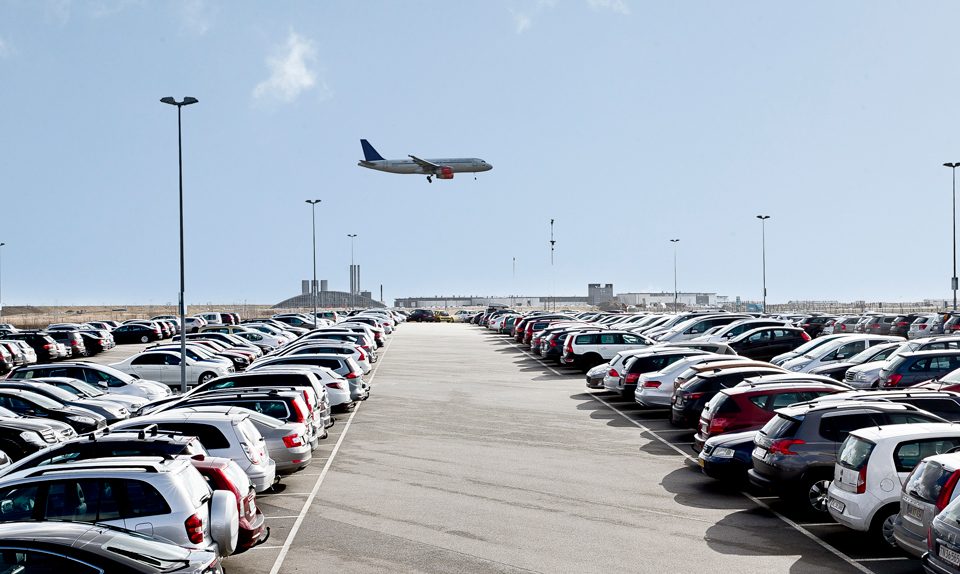Versatility in parking control

Scratch cards are an established means of validating parking in a variety of situations. Their main uses tend to fall into three categories – as an alternative to cash / card payment, as a way to validate parking of residents’ visitors and an ad hoc method of validating parking in a controlled area for a defined period.
Typically, a scratch card has silver latex panels that are marked with day, date, month. Where more precise periods of time are being controlled, they will also have panels for hours and minutes.
In use, the driver scratches off the panels relating to their day, date, time of arrival and displays the validated card on their dash. For enforcement purposes they act much like a Pay and Display ticket – overstay, non-display or validating incorrectly would all constitute a contravention.
Scratch cards have a particular role to play with Residents’ Visitors in controlled parking areas. Unlike residents – who would generally have a residents parking permit which would be defined by a specific vehicle registration number – visitors VRN’s tend not to be known in advance and their needs are less structured. A scratch card allows a resident and their visitor to validate parking at the time of the event for a specific period and often in a specific area.
There are a variety of control mechanisms to manage the way scratch cards are used. A sequential number on each card ensures it is unique and auditable. Cards may also usually have a zone printed on them restricting their use to defined area. Security patterns and in some cases holograms all help to make the card difficult to re-use or replicate.
One of the challenges for local authorities (particularly), is having a multitude of controlled parking zones, all needing distinct cards, denoted with a zone identifier but used in varying and unpredictable quantities. Rather than hold large stocks of each type cards can be held in stock, and over-printed on demand based on usage. It limits the amount of stock held by the client and ensures the stock is flexible to demand and available when needed.
The personalisation aspect of scratch cards can be taken a stage further by over-printing using variable data delivered up by the client. Typically, an online application for scratch cards will result in an order and a data record for the resident. Details of the order are transferred by upload to a secure server and the data then used to personalise cards by number, zone, address, value and time period. This approach also allows greater flexibility in presentation of cards meaning they can be supplied singly or in variable book quantities and posted direct to the resident.
Scratch cards provide a simple, cost effective and flexible way to manage various forms of parking activity. They avoid the need for costly capital equipment to manage remote or less active locations. They also have a part to play in providing an alternative in situations where there is resistance to digital solutions or where machines are being removed, creating a bridge between the needs of different types of users and solution choices.



